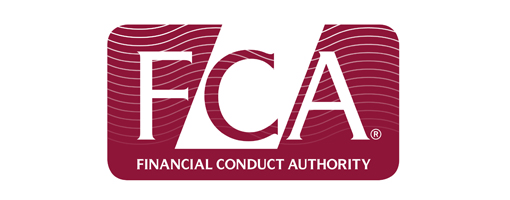Self-employed workers are “missing out” on an estimated £4bn worth of pension contributions every year as they do not receive employer contributions, according to analysis from Interactive Investor (II).
There are around 4.3 million self-employed workers in the UK, with II basing its estimate on this and the auto-enrolment minimum employer contribution rate (3 per cent of salary).
Pointing to government data, II noted that the pension participation rate among the self-employed stood at 18 per cent in 2019/20.
This represents around 3.5 million people not making pension contributions, with II estimating that the tax relief these individuals are missing out on totals around £1bn a year.
II stated that there was a need to address the “huge gap” in pension provision between the self-employed and employees to stop self-employed people falling into retirement poverty.
“Pensions are likely to be the furthest thing from someone’s mind if they choose to go it alone,” said II head of pensions and savings, Becky O’Connor.
“Especially during the pandemic, some hard-hit self-employed people have had more immediate and urgent things to deal with.
“But the amounts self-employed people could be missing out on in pension contributions through no longer being employed and receiving employer contributions are staggering.
“Self-employed workers are at a disadvantage when it comes to building up adequate retirement savings because they tend to earn less, but also because they don’t have an employer to set up a pension for them or pay in employer contributions.
“This is something the government needs to address as ultimately, the self-employed are more likely to depend on the state if and when they do stop work, if they haven’t set aside their own pension provision.”
II calculated that a full-time employee on a wage of £31,461 would have total pension contributions of £2,516 a year, based on minimum contribution rates.
A self-employed worker earning the same amount and paying the same proportions of income would have to pay an additional £942 a year, the employer contribution, to match their contributions.
Latest News
-
Looking back: Top 20 most read stories of 2025
-
‘Growing minority’ of pension savers turning to newer digital channels
-
Border to Coast deploys more than £1bn across private markets programme
-
Looking back: The Pensions Age 2025 DEI focus
-
This week in pensions: 15-23 December
-
Looking back: 2025 - The year of the big pension overhaul
Private markets – a growing presence within UK DC
Laura Blows discusses the role of private market investment within DC schemes with Aviva Director of Investments, Maiyuresh Rajah
The DB pension landscape
Pensions Age speaks to BlackRock managing director and head of its DB relationship management team, Andrew Reid, about the DB pensions landscape
Podcast: From pension pot to flexible income for life

Podcast: Who matters most in pensions?

In the latest Pensions Age podcast, Francesca Fabrizi speaks to Capita Pension Solutions global practice leader & chief revenue officer, Stuart Heatley, about who matters most in pensions and how to best meet their needs
© 2019 Perspective Publishing Privacy & Cookies










Recent Stories